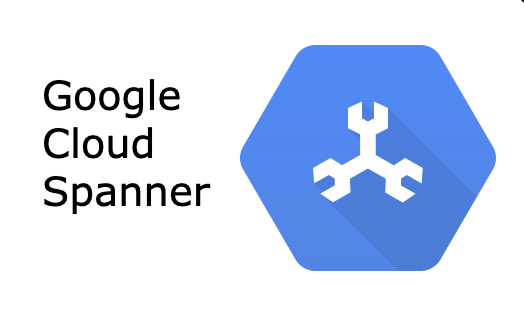Cloud Spanner is a Relational Database but its different than traditional database such as MySQL , Amazon RDS or PostgreSQL. In this blog we will see why its different and why i think it is revolutionary .

Table of Contents
- Introduction to cloud spanner
- Cloud Spanner is revolutionary
- Configuring Cloud Spanner Instances Options
- How Schema & Data Model Looks Like ?
- How Replication Works In Cloud Spanner?
- Follow Some Best Practices
Introduction to cloud spanner
- Google Cloud Spanner is relational database management system like Cloud SQL on GCP. But it is different than traditional relational databases
What makes it different than Cloud SQL on GCP or Azure SQL or Amazon RDS ?
- It is globally distributed, whereas Cloud SQL is regional.
- It can scale horizontally , that means it can add more nodes to the cluster as data grows. Hence it can support any data size, while Cloud SQL has limitation of 10 TB.
- It offers strong consistency despite of being distributed globally, this is cutting edge built on googles proprietary technologies.
- Its is much expensive than Cloud SQL , hence should be used when data size requirement is more than 10 TB.
Cloud Spanner is revolutionary
- Generally strong consistency can be achieved in vertically scalable databases ( ex Oracle, MySql, PostgreSql) but Horizontally scalable databases(Hbase, Cassandra etc.) are eventually consistent. Hence if we need strong ACID support we will use database like Oracle, MySql & i.e OLTP use cases. But if strong ACID support not required then we will use analytical database such as BigQuery, Snowflake , Redshift, HBase etc i.e OLAP use cases.
- In Short Strong ACID Support -> OLTP Databases
- No Strong ACID Support -> OLAP Databases
- But Cloud spanner provide strong ACID support and its also horizontally scalable , that is indeed differentiator from the product out there in the market.
Configuring Cloud Spanner Instances Options
Cloud Spanner instance can be of type regional or multi-regional.
Regional Instance
- Availability of 99.99 (4 nines)
- Lower Write Latency
- Less Expensive
Multi-Regional Instance
- Availability of 99.999(5 nines)
- Lower Read Latency
- More Expensive
_⭐ ️ _Each node in Cloud Spanner cluster provides 10k QPS of read and 2k QPS of. writes with 2 TiB of storage.
#horizontal-scaling #transactional-database #rdbms #google-cloud-spanner #database

5.35 GEEK